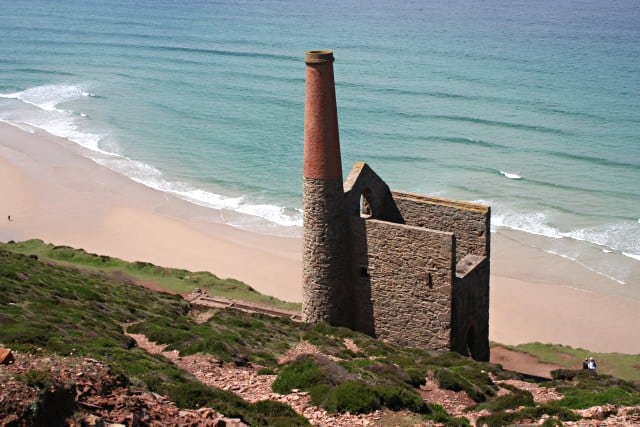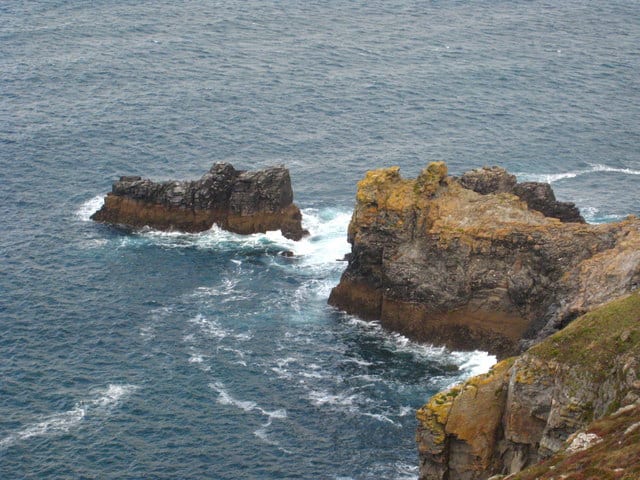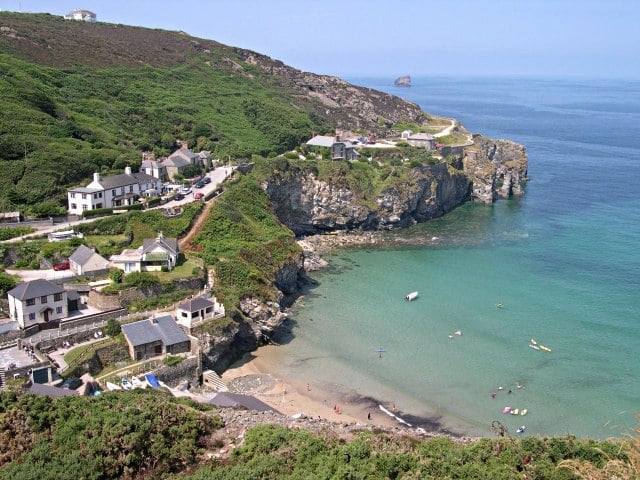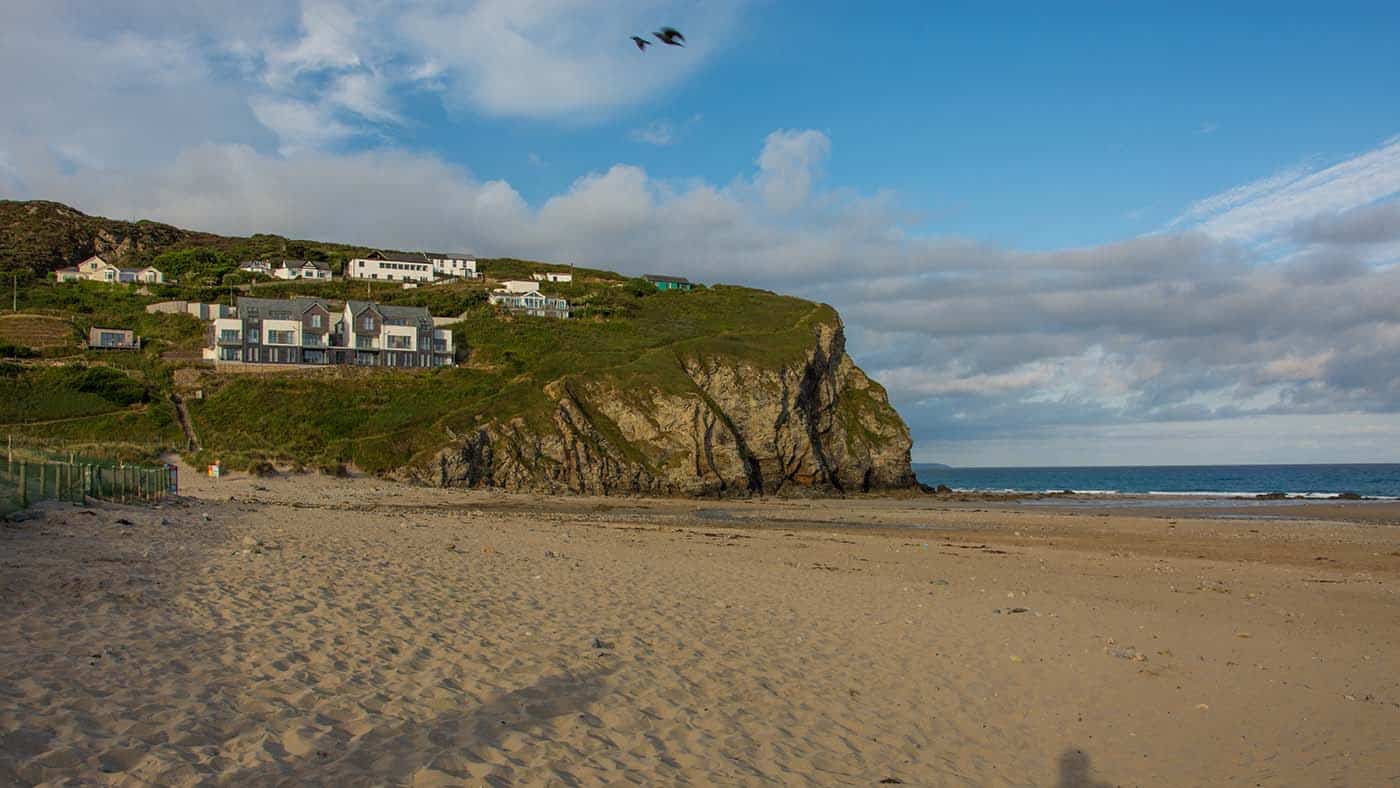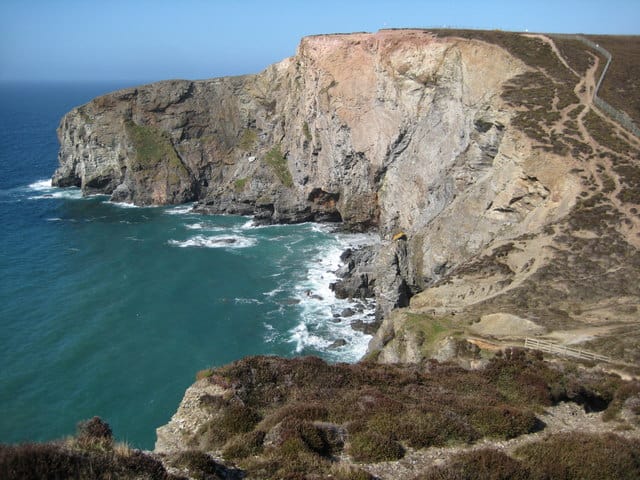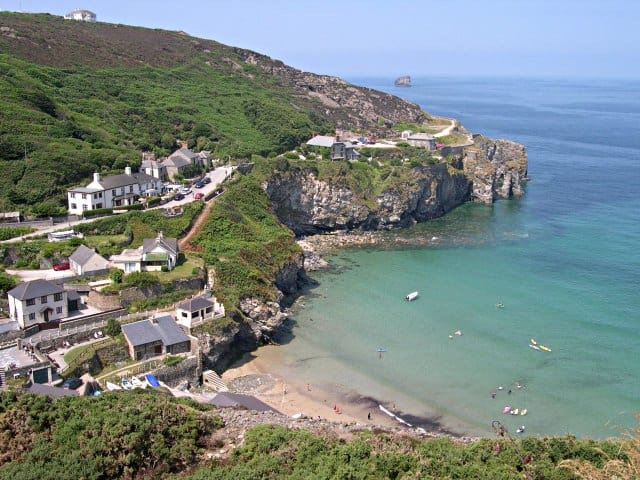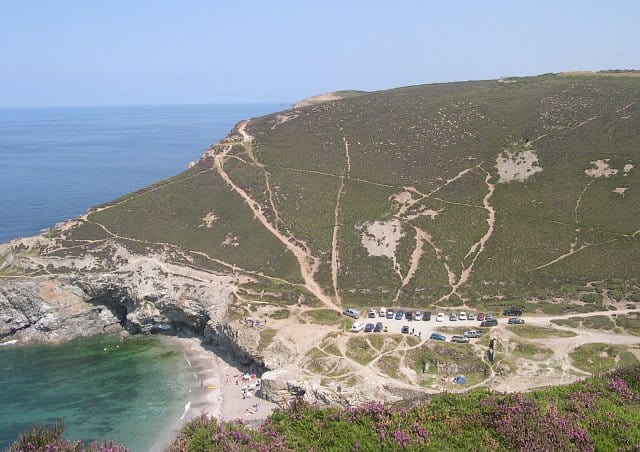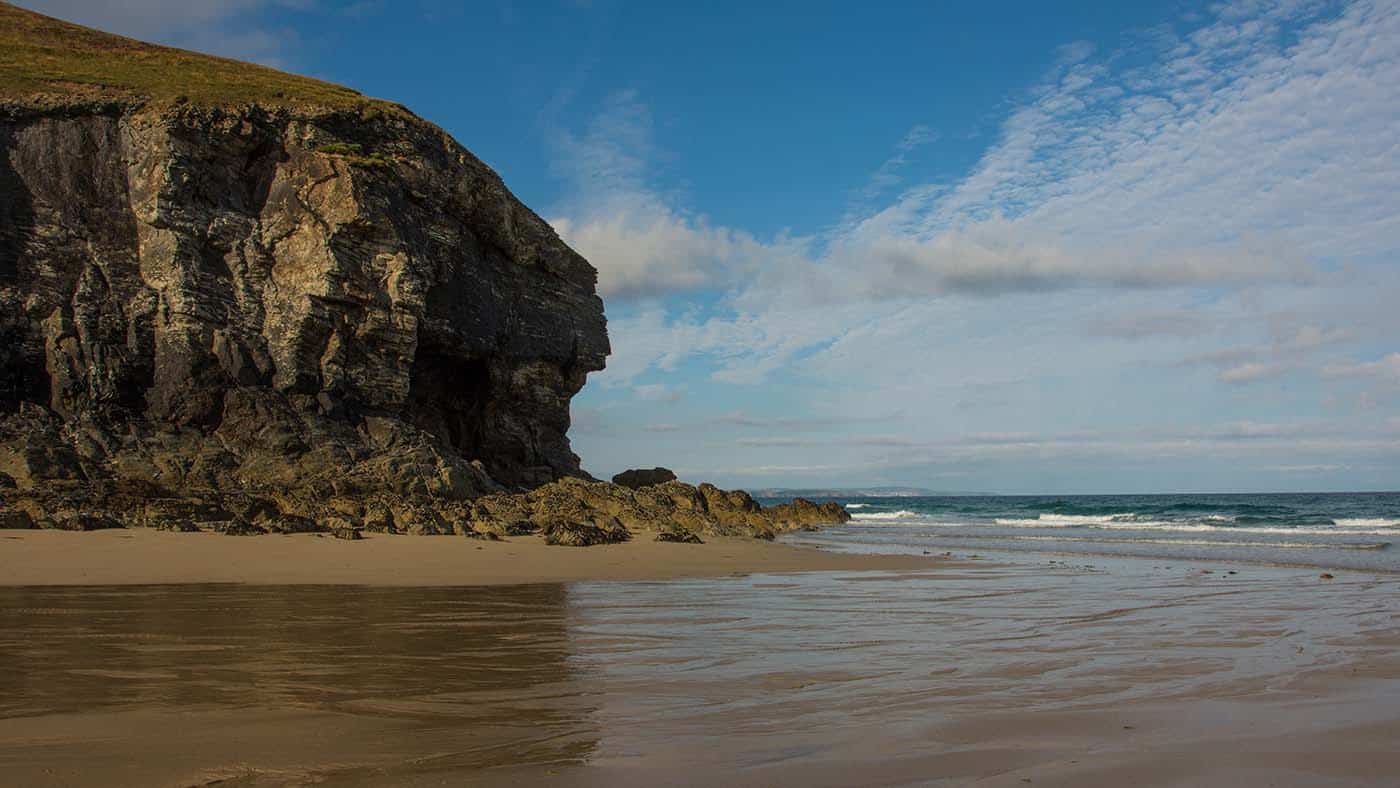St Agnes although a large village is actually known for its Heritage Coastline as it was the mining centre for copper and tin. The 627-hectare (1,550-acre) coastline is situated along the north Cornwall coast starting in the west at Godrevy Head (with the Godrevy Towans) and continues for 20 kilometres (12 miles) to the east, through Portreath, Porthtowan, Chapel Porth and ends just past St Agnes Head, north of the village of St Agnes. This stretch of coastline is great for its selection of beaches, high cliff coastline and heritage of tin and copper mining, this all adds up to a great allround location for establishing a base when visiting Cornwall.
St Agnes Cornwall Coast Map
Sorry, no records were found. Please adjust your search criteria and try again.
Sorry, unable to load the Maps API.
Want some ideas on where to visit?
Every favourite location must be visited for the first time. Want some ideas, why not check out the below small selection of coastal locations, including beaches, activities, things to see and do, and places to stay and eat:

